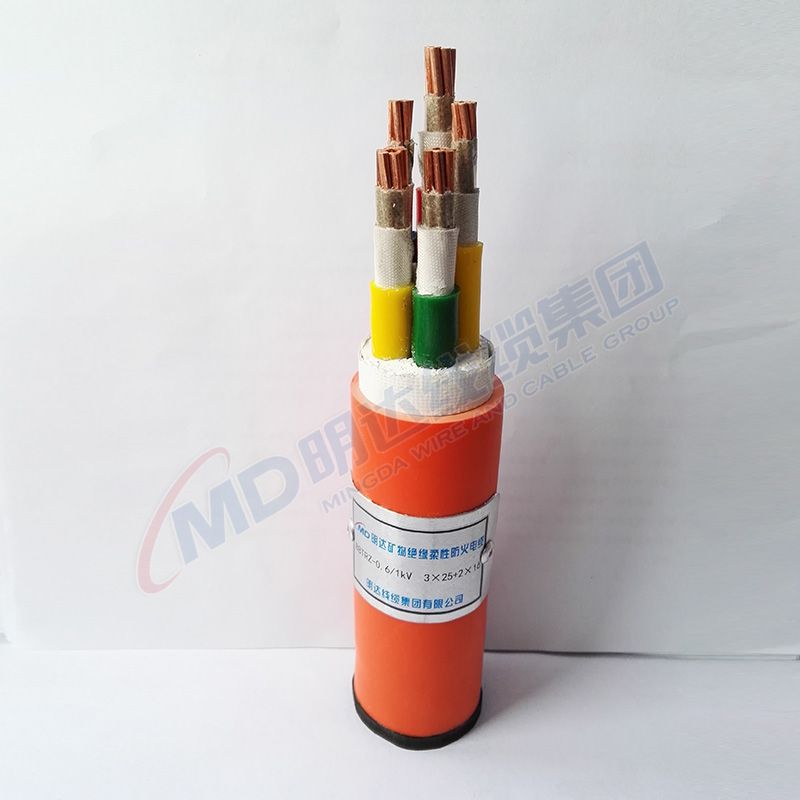Dec . 07, 2024 13:07 Back to list
lined check valve
Understanding Lined Check Valves A Comprehensive Overview
In various engineering and industrial applications, check valves are essential components that prevent backflow and ensure systems operate efficiently. Among the different types, lined check valves have gained prominence due to their unique features and benefits. This article delves into the definition, functionality, advantages, and applications of lined check valves.
What is a Lined Check Valve?
A lined check valve is a type of valve that prevents backflow in piping systems, utilizing a lining material that provides enhanced protection against corrosion, abrasion, and chemical reactions. The lining is usually made from materials such as rubber, Teflon (PTFE), or other polymers, which effectively shield the valve body made from metals or other materials. This combination allows lined check valves to be used in challenging environments where traditional check valves might fail.
How Do Lined Check Valves Work?
The primary function of a check valve is to allow fluid to flow in one direction while preventing flow in the opposite direction. Lined check valves operate on the same principle. They consist of a valve body, a disc, and a lining material. When fluid flows in the forward direction, the pressure pushes the disc away from the seat, allowing the fluid to pass. However, if there is back pressure in the opposite direction, the disc seals against the seat, thereby stopping any reverse flow.
The lining material plays a crucial role in the valve's operation. It not only enhances the valve’s resistance to corrosion but also provides a tight seal, reducing the chances of leaks. The flexibility of the lining material allows for effective sealing even under varying pressure conditions.
Advantages of Lined Check Valves
1. Corrosion Resistance One of the primary benefits of lined check valves is their resistance to corrosion. In industries dealing with corrosive chemicals, a lined valve can significantly extend the life of the piping system.
2. Reduced Maintenance Due to their durable construction and protective lining, these valves require less maintenance when compared to standard metal check valves. This reduction in maintenance not only saves time but also lowers operational costs.
3. Versatility Lined check valves are suitable for a wide range of applications. Their ability to handle various fluid types, including acids, hydrocarbons, and slurry products, makes them highly versatile.
lined check valve

5. Customizable Lined check valves can be tailored to specific applications, with liners available in different materials and thicknesses to meet the needs of various environments.
Applications of Lined Check Valves
1. Chemical Processing In chemical plants, lined check valves are critical for preventing backflow of corrosive materials, safeguarding both the equipment and personnel.
2. Water Treatment Lined check valves are widely used in water treatment facilities to control flow direction and prevent contaminated water from reversing direction.
3. Oil and Gas The oil and gas industry often utilizes lined check valves in pipelines and processing facilities to handle various hydrocarbons safely.
4. Pulp and Paper Industry The robust nature of lined check valves makes them suitable for the harsh conditions found in the pulp and paper industry, especially when dealing with abrasive materials.
5. Pharmaceuticals In the pharmaceutical industry, these valves are used to maintain sterile conditions by preventing backflow in processes involving sensitive medicinal fluids.
Conclusion
Lined check valves are indispensable in protecting piping systems from backflow while offering enhanced durability against corrosion and abrasion. Their versatility across various industries makes them a critical component in maintaining efficient and safe operations. By understanding their functionality and advantages, engineers and decision-makers can make informed choices when selecting valves for their systems, ultimately leading to improved operational reliability and reduced costs.
Share
-
Reliable Wafer Type Butterfly Valves for Every IndustryNewsJul.25,2025
-
Reliable Flow Control Begins with the Right Ball Check ValveNewsJul.25,2025
-
Precision Flow Control Starts with Quality ValvesNewsJul.25,2025
-
Industrial Flow Control ReliabilityNewsJul.25,2025
-
Engineered for Efficiency Gate Valves That Power Industrial PerformanceNewsJul.25,2025
-
Empowering Infrastructure Through Quality ManufacturingNewsJul.25,2025